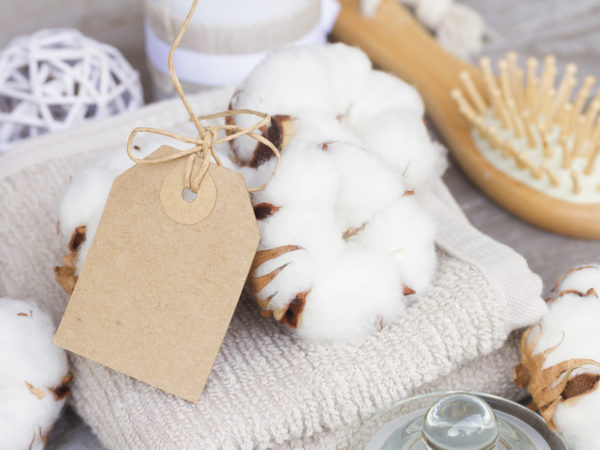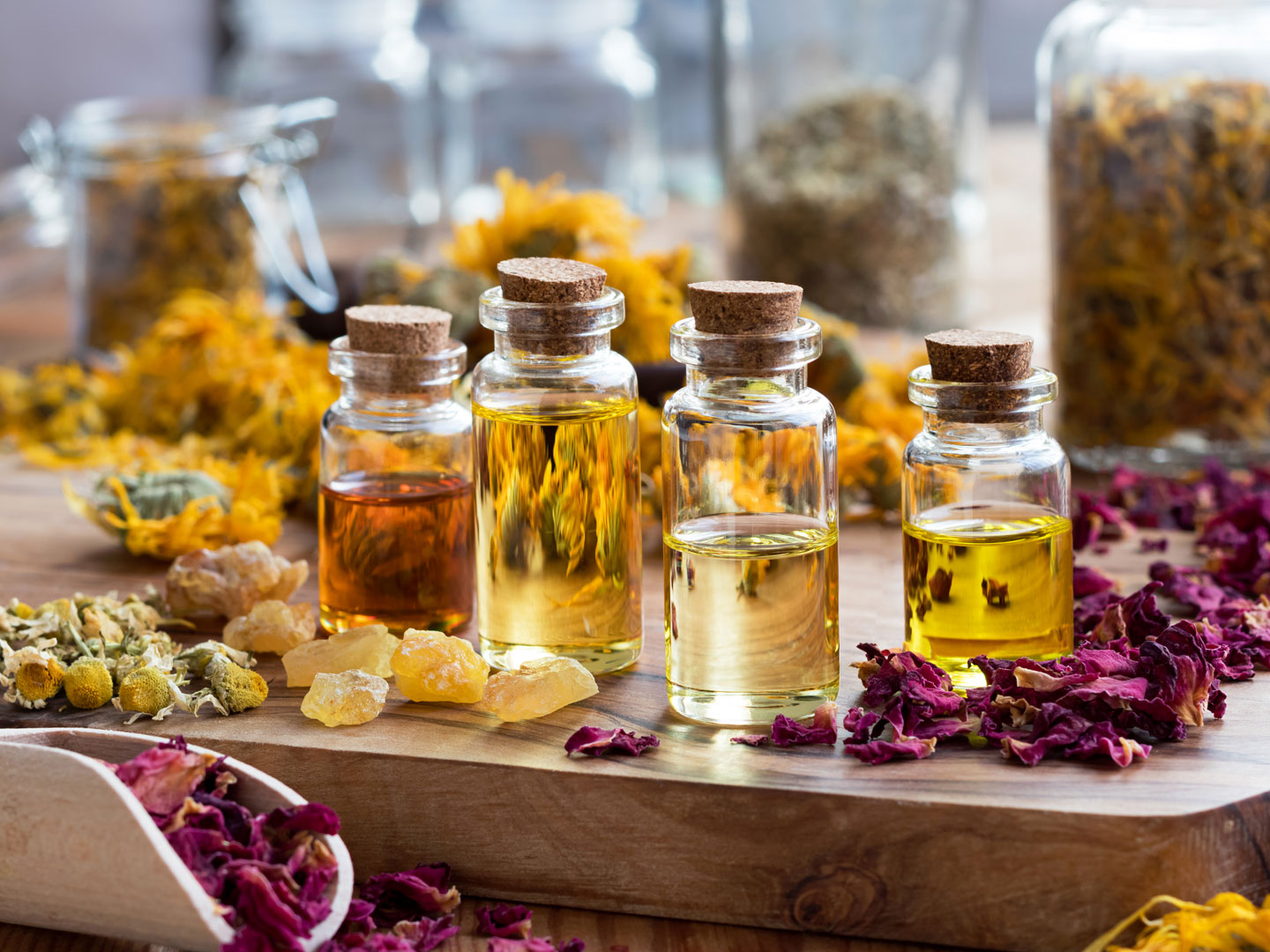Natural Fibers For Your Home

It’s not often that you think about choosing your clothes to make a political statement. But now more than ever, our choices about everyday products like fabrics can have a serious impact on the state of the environment.
Fabrics like rayon, Tencel and acetate are made of the wood pulp from virgin trees. Worldwide, the production of cloth made from wood pulp is roughly equal to the amount of cloth made from wool. For many reasons, including preserving precious forested land around the world, it’s environmentally friendly to choose organic cotton, linen or industrial hemp instead of wood-pulp fabrics. It’s even preferable to purchase conventionally harvested silk and wool in place of rayon, Tencel or acetate.
Approximately 11,500 acres of organic and transitional cotton were grown in the United States in 2001, according to an analysis by the Organic Trade Association. Conventional cotton covers more than 12 million acres. According to the Pesticide Action Network North America, cotton producers around the world use more than 10% of the world’s pesticides and almost 25% of the world’s insecticides each year. It is estimated that it takes one-third of a pound of chemicals to produce enough cotton for one T-shirt. The runoff from conventional cotton farms poisons nearby wildlife, as well as lakes and streams, and aerial spraying results in even more widespread pollution. And after a number of years, the soil that has grown cotton crops is rendered sterile. (You should note, too, that almost 60% of the conventional cotton crop winds up in processed foods like chips and cookies in the form of cottonseed oil.)
Organic cotton farming – like all other forms of organic farming – encourages biodiversity. Native birds are encouraged to feast on insects and the worms found on organic farms. Crop rotation is used to replenish the soil, and hedgerows and mixed sowing can provide natural protection for crops.
The hemp plant, which can grow in virtually every climate on Earth, is beneficial for the soil in which it grows. Its root system penetrates up to six feet below the soil, breaking it up and aerating it. Hemp is naturally pest-resistant, and its tight growth patterns discourage weeds so it does not require pesticides or herbicides. Likewise, it only requires nitrogen from the soil as fertilizer. Hemp fabric looks and feels like cotton, and is UV-resistant.
You can purchase organic cotton, linen and hemp products quite easily. Shirts, sheets, towels, skirts, pants, socks, outerwear – even futons are made from these Earth-friendly materials. I encourage you to make them a part of your natural home.











